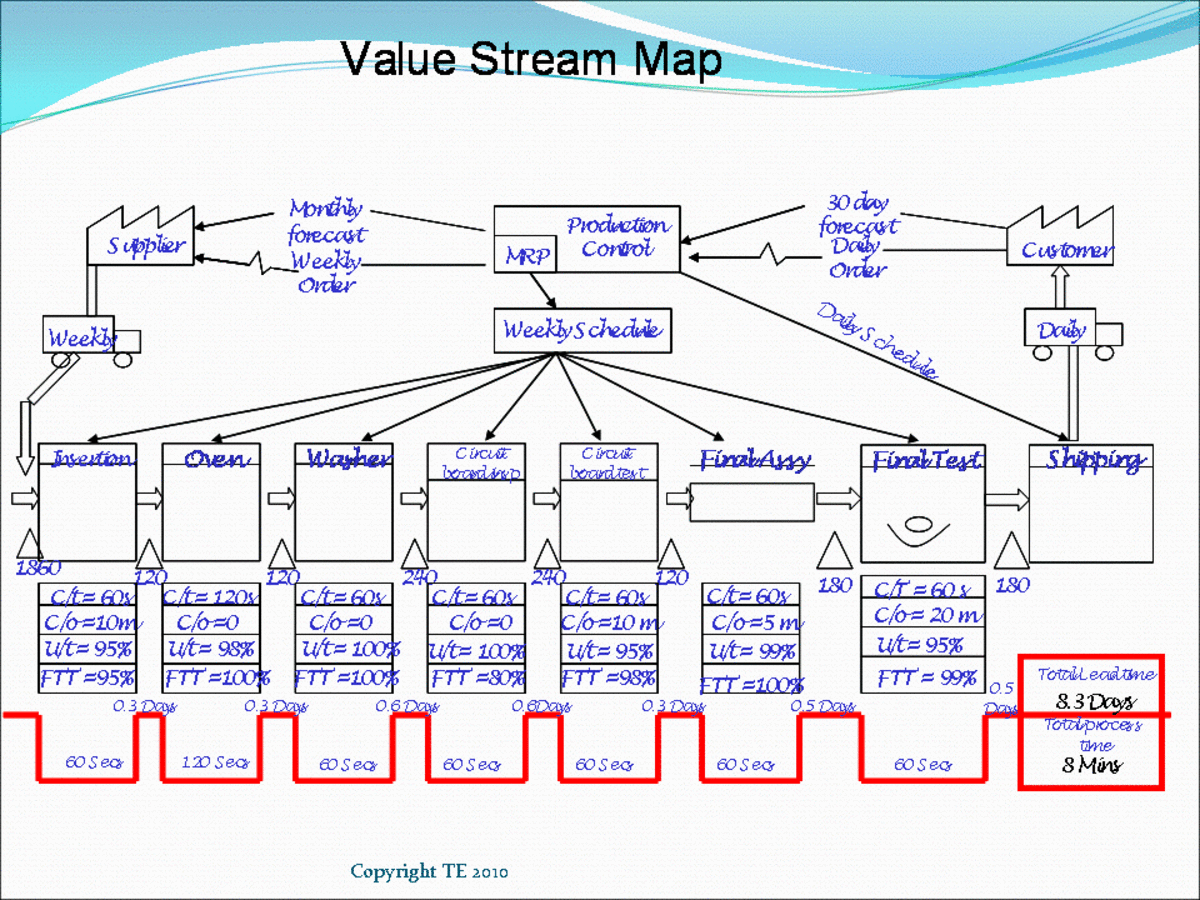Nine Basic Features of Organizational Culture Your Business Needs to Analyze

5 ANCHORS OF ORGANIZATIONAL BEHAVIOR
- Multidisciplinary anchor. Organizations should take their knowledge and cues from many other disciplines rather than just their own industry.
- Systematic research anchor. Organizations should do detailed and systematic research, collecting data and information and relying on the scientific method.
- Contingency Anchor. Awareness that the actions that an organization takes may result in different things depending upon the situations that the actions are taken in. Awareness within the organization that there is no one solution that always works in every single situation.
- Multiple levels of anchor analysis. Looks at the organization from the perspective of the individual, the team and the company as a whole.
- Open systems anchor. Organizations and their environments are interconnected in an ongoing cycle, taking and receiving from each other. This view may look at external environmental factors such as investors as well as internal systems issues.
In order for a business to be run successfully, it is necessary for the company to undergo a continual process of self-evaluation. This allows the business to make quality assessments about the progress of the company and to make plans for areas where change is required in order to facilitate growth. One of the first levels of this type of self-analysis is for the company to look at their organizational culture and the ways in which this culture is affected by organizational leadership. Such an analysis can be broken down in to three core categories which are further subdivided in three each to create nine key concepts which must be reviewed by a company in order to further growth.
Summary of categories and concepts:
When looking at the company’s organizational culture, there are three core categories that must be assessed, each of which is further broken down to create a list of key concepts which are critical to the process of reviewing your business. The three main categories to be reviewed are the elements of organizational culture, the relationship between the organizational culture and the company’s ethics, and the process of group and team formation within the company. Broken down, these categories reveal nine different concepts to be reviewed throughout this article
Elements of organizational culture:
There are two different concepts that fall under the category of analyzing the elements of organizational culture. First, the company must look at the content of the organizational culture and then the company must look at any organizational subcultures that exist within the dominant culture of the company. The organizational culture of the company refers to the basic assumptions, values and beliefs that the company is supposed to be based on. Your business’s organizational culture is looked at in terms of what the business considers important and what the business considers unimportant. Defining that is a key starting point if you want to do a self-analysis on your business.
Within every company, there is also subculture or a number of subcultures that exist in conjunction with (or sometimes opposition to) the organizational culture. We often think of subcultures as rebellious groups within an organization, groups that oppose the main organizational culture. That may be true but subcultures can also serve an important function in understanding the operations of the company and therefore can be an asset when you are studying your business. Analysis of the subcultures is a critical concept in understanding the company as a whole because it gives you insight into problem areas in the business.
In general a company’s organizational culture and underlying subcultures can be assessed by observing and understanding the artifacts associated with the company. These may be as small as company logos or as large as annual traditions within the company but are all linked towards creating a group identity within the company to which those members of the company are either bound or find themselves opposing. For example, a company’s organizational culture may have an underlying belief that teamwork is essential to growth of the company. A weekly tradition of gathering together teams within the company for team-building exercises would reinforce this culture. Growth of the company would be focused on strengthening the activities of the company that contribute to this organizational culture while working to eliminate any subculture opposition to growth in this area.
Relationship of organizational culture to company ethics:
Upon thorough examination of the organizational culture and subculture of the company, it is necessary to examine the relationship between that culture and the company’s ethics. This results in three key concepts that must be explored in details: knowledge management, anchors of organizational behavior and workplace values. In assessing knowledge management, the company must look at the procedures by which such knowledge is obtained and passed along as well as the organizational memory of the company. In assessing the organizational behaviors of the company, it is important to look at the five anchors of organizational behavior and make determinations about the company’s status with these. (See sidebar for more information.) In relating this to the company’s values, the assessment is focused on the importance of values in the workplace and the idea of corporate social responsibility in the greater world.
Although this is a multi-step, multi-concept analysis, the basic purpose of this process is to take the understanding of the subculture and, using all of the available tools, examine the ways in which the culture supports (and detracts from) the company’s stated ethics. For example, in the case of understanding that teamwork is vital to the company’s organizational culture, it would be important to look at where that fit in to the company’s ethics. If the company’s stated beliefs are that individual work should be rewarded, the company will then have to find some way to reconcile the concepts of individuality and teamwork within the existing culture and subculture of the company.
Process of group and team formation
Complete analysis of the company requires finally a look at the process of group and team formation within the company. This category results in the development of the four other concepts of leadership and culture that are of importance to the company’s analysis: work teams effectiveness, cooperation among teams, teams in action and team building efforts. Each of these concepts relates to a different aspect of the development of the team within the company but they are all interlinked in the process of company analysis. In essence, the core function of all of these concepts is to generate greater understanding of the company’s ability to make use of teams within the existing organizational culture with the purpose of increasing the positive relationship between the existing culture and the company’s stated ethics.
Summary:
Analysis of a company can greatly improve efficiency in the workplace. There are nine key concepts as defined above which must be examined in order for this analysis to be complete. Broken down in to three categories, they provide the company with a simple process of self-analysis in which the organizational culture can be examined and steps can be taken through group development in order to further effect the companies goals. Going through this process will give you a better understanding of how your business is organized and how to work within that organization to improve the company.
- How to Change Your Culture: Organizational Culture Change
Are you ready to change the culture that exists in your organization? Your assessment of your organizational culture may make you happy; your organizational culture assessment may make you sad. Whatever your organizational culture assessment teaches - Organizational culture - Wikipedia, the free encyclopedia
- Organizational Culture
- Formal vs. Informal Leaders
Do you consider yourself to be a leader? Even if you arent officially designated as the leader of a group, it may turn out that you are considered to be a leader by the people you are in a group with. If... - Organizational Behavior: Terminology and Concepts
Schermerhorn et al (2005), define organizational behavior (OB) as - Creating an Effective Organizational Culture In Your...
There is a large consensus that corporate culture is going to be a determining factor in a companys success or failure in the next decade. Much has been made about the success of companies with strong... - Most Recognized Organizational Leadership Models
Leadership is the art of influencing positive outcomes in a variety of organizational situations. Human resources come from different backgrounds with their own sets of cultural norms and respond to...








